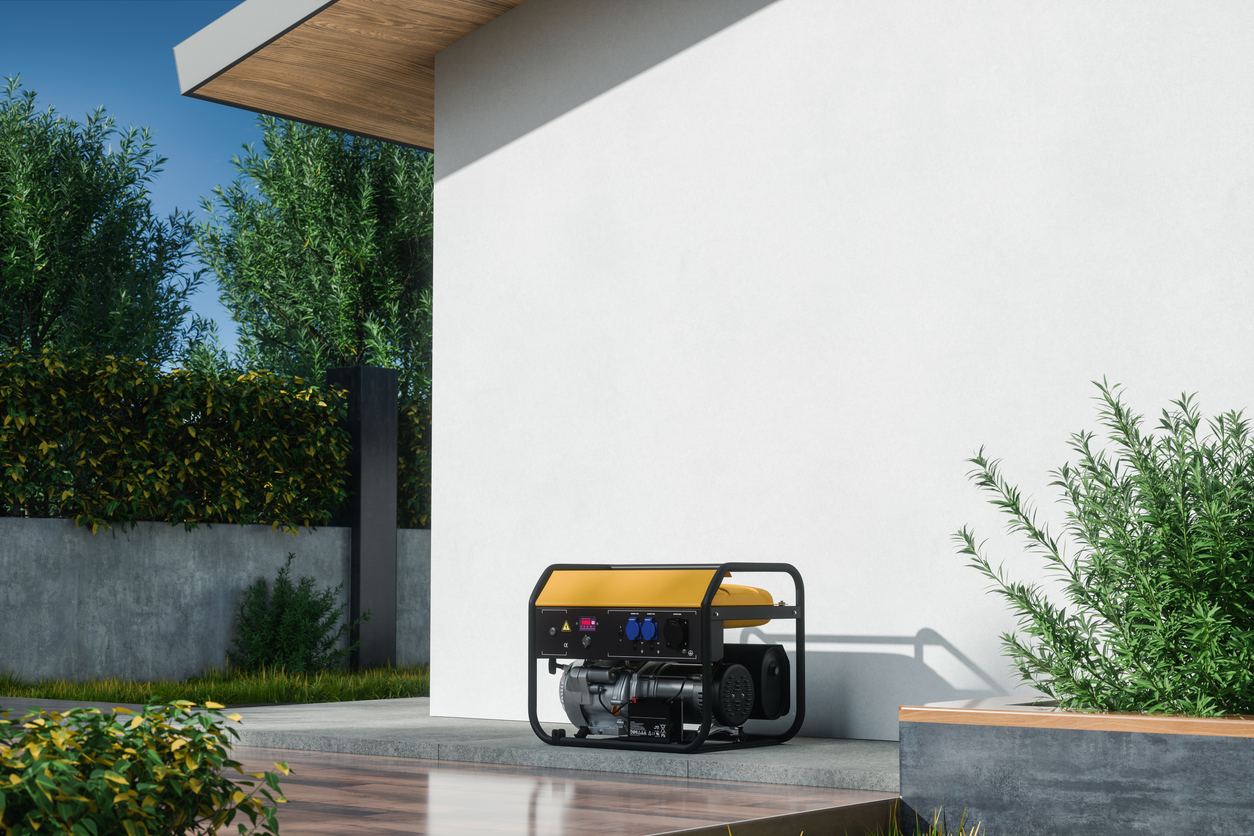Maintaining a clean and efficient ventilation system is essential for ensuring indoor air quality and prolonging the life of your HVAC system. Vent cleaning is often overlooked in home maintenance, but it plays a vital role in preventing respiratory issues, reducing energy costs, and maintaining a comfortable environment. This article will cover the importance of vent cleaning, signs you need to clean your vents, and tips on how to perform the task effectively.
The Importance of Vent Cleaning
Ventilation systems circulate air throughout homes and buildings, pulling in air from outside and filtering it through the system. Over time, dust, dirt, and other contaminants can accumulate within vents, causing blockages and reducing the efficiency of the system. Dirty vents can lead to poor air quality, which may exacerbate allergies, asthma, and other respiratory conditions.
Additionally, dirty vents force your HVAC system to work harder, leading to increased energy consumption and higher utility bills. Regular cleaning can help you avoid costly repairs and ensure your system runs smoothly, saving both energy and money.
Signs Your Vents Need Cleaning
Knowing when to clean your vents can prevent small issues from becoming larger problems. There are several telltale signs that your ventilation system may be overdue for a cleaning.
One of the most common signs is visible dust or debris coming out of the vents when the system is running. This suggests that the ductwork is clogged with dirt, and the air being circulated is contaminated. Additionally, an unusual increase in energy bills without an apparent cause can be a sign of clogged vents that are forcing your system to work harder than necessary.
If you notice an increase in allergy symptoms, such as sneezing, coughing, or difficulty breathing, your vents could be circulating allergens throughout your home. Strange odors, such as a musty or burning smell, may also indicate that it’s time for a cleaning.
Health Benefits of Clean Vents
The health benefits of vent cleaning are significant, especially for those with respiratory conditions like asthma or allergies. Clean vents reduce the circulation of dust, pet dander, pollen, mold spores, and other contaminants that can trigger symptoms or even cause new health issues to arise.
Furthermore, clean air reduces the likelihood of indoor pollutants aggravating respiratory infections, making it particularly important for households with children, the elderly, or individuals with compromised immune systems. In short, maintaining clean vents promotes better health for everyone inside the home.
How Often Should You Clean Your Vents?
The frequency of vent cleaning depends on several factors, including the size of your home, the age of the HVAC system, and whether you have pets or live in an area with high pollen counts or pollution. As a general guideline, it’s recommended to have your vents professionally cleaned every 3 to 5 years.
However, in homes with pets that shed frequently or residents with allergies, more frequent cleanings may be necessary. Also, if you live in an older home with an aging HVAC system, you may need to clean your vents more often to ensure optimal performance.
DIY Vent Cleaning vs. Professional Service
Vent cleaning can be done by homeowners, but for a thorough and safe job, hiring a professional is recommended. Professionals use specialized tools to clean the entire system, including hard-to-reach areas. However, for light maintenance between professional cleanings, homeowners can follow a few simple steps.
To clean your vents at home, start by turning off the HVAC system to prevent dust from being circulated while you work. Remove vent covers and wash them with warm, soapy water to remove any accumulated grime. Use a vacuum with a hose attachment to suck out dirt and debris from inside the vent opening. For deeper cleaning, a brush can be used to reach inside the ducts and loosen any stuck-on dirt.
While this method can help, it’s important to note that deep cleaning of the ducts themselves is best left to professionals, as it requires more powerful equipment and expertise to avoid damaging the system.
The Role of Air Filters in Vent Maintenance
Air filters are the first line of defense against contaminants entering your HVAC system. Regularly changing your air filters not only keeps your air cleaner but also reduces the buildup of dirt in your vents. Most experts recommend changing air filters every 1 to 3 months, depending on the type of filter and environmental factors like dust and pet dander.
In addition to changing the filters, it’s crucial to use high-quality filters that can capture smaller particles. HEPA filters, for example, are highly efficient in trapping allergens and fine dust particles, which can help improve indoor air quality and reduce the frequency of vent cleanings.
Final Thoughts: The Importance of Routine Maintenance
Vent cleaning is a key part of home maintenance that often gets overlooked, but its impact on your health, comfort, and HVAC system efficiency cannot be overstated. Regularly checking your vents, changing air filters, and scheduling professional cleanings will ensure that your system works at its best, providing you with cleaner air and lower energy bills.
Incorporating vent cleaning into your regular home maintenance routine will help you avoid unexpected repairs and create a healthier living environment for you and your family. Whether you opt for DIY cleaning or professional service, the effort you put into maintaining your ventilation system will pay off in improved air quality and system performance.


